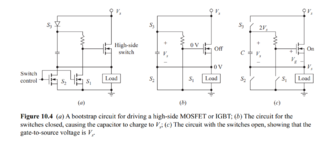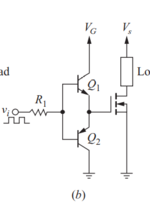enki22
Newbie
Hi guys, i am trying to make a three phase inverter on simetrix, but the output voltages and currents are totally wrong and very often it gives convergence error if i try to modify something. I don't understand what I'm doing wrong, maybe a more experienced eye could help me.
p.s: the sinusoidal pwm circuit seems to work fine so i suppose the problem is in the inverter circuit


p.s: the sinusoidal pwm circuit seems to work fine so i suppose the problem is in the inverter circuit

